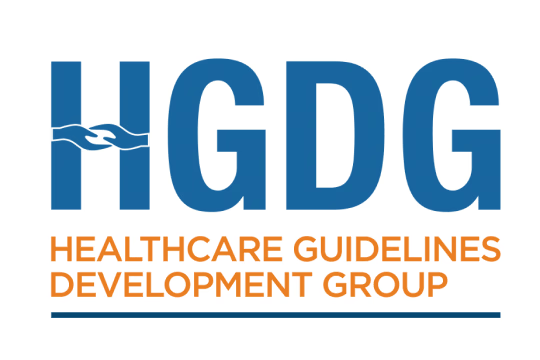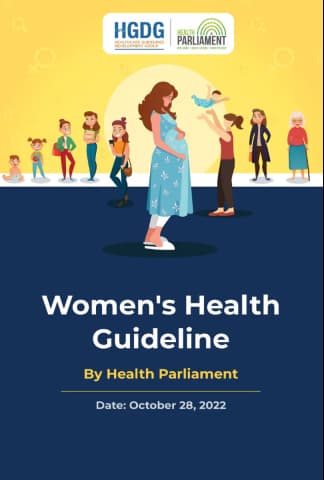Healthcare Guidelines Development Group

Over the past many years, guidelines have become an increasingly important tool to maintain and enhance appropriate practices, cost-effectiveness, uniformity in action across the country’s length, and helping the authorities decide on the approval of standard operating procedures. Any guidelines, developed with an unquestionable decision-making process helps to optimize care outcomes and discourage the performance of ineffective or alarming practices. Guidelines developed from a systematic review of the evidence addresses gaps and provides evidence thus helping in the prioritization of best practices and future research. Guidelines can help avoid inefficiencies and optimise the value of expenditures by identifying unnecessary or unduly expensive practices.

Body Art Practice Guideline
India has made remarkable progress in controlling the HIV/AIDS epidemic. However, one sector that remains unrecognized as a potential source of the spread of these infections is the body art industry, including skin piercing and tattooing procedures. The absence of regulations or guidelines for practicing this art form in India has led to a low perception of risk, limited susceptibility, and a lack of awareness among tattoo artists. Today, the Indian tattoo industry is valued at ₹20,000 crores. Despite being a rapidly growing sector, it remains largely unorganized. To encourage self-regulation and benefit both providers and users of body piercing art, Health Parliament has developed the Standard Body Piercing Practice- Draft Guidelines. The report can be downloaded from the Health Parliament mobile app.

Women’s Health Guideline
Women make up half of the world’s population and play a vital role in creating and nurturing the next generation. While women take care of their entire families, they often neglect their own health. Many delay visiting a doctor for timely checkups, typically considering it an option only when an ailment becomes unbearable or untreatable at home. This mindset needs to change. We believe that women should have access to the basic information required to make informed decisions about health screenings or visiting a clinician for timely and appropriate intervention. These guidelines were developed through field-level studies conducted with women across India and in consultation with leading multidisciplinary experts. You can download the report from the Health Parliament mobile app.

Digital Health Practice guideline for Professionals
Post-COVID-19 Digital Health adoption has increased, but it may slow down post-COVID-19, and based on various studies, we believe, the adoption can be boosted with a comprehensive guideline for practitioners of Digital Health, covering all major aspects of setting up Digital Health practice, be it for a clinician or an allied health worker. Digital Health Practice Guideline for Professionals will cover all the basic components to set up a hassle-free Digital Consultation. The guideline is developed from the perspective of healthcare providers, clinicians and the patients.

Care Homes and Home Care Guideline
Our visits to care homes revealed a stark disparity in the quality of services provided. While some facilities deliver care that rivals the best in the world, others function as "business establishments" under the guise of care homes or de-addiction centers, exploiting vulnerable individuals who rely on these services. In particular, some centers catering to the elderly and those with mental illnesses lack essential medical staff, such as nurses or qualified healthcare workers. These facilities often house 40–50 residents, charge exorbitant fees, and force families to pay as they are unable to care for their loved ones at home. The purpose of this guideline is to offer recommendations across various aspects of care delivery in both care homes and home care settings, with the ultimate goal of enhancing the quality of services provided by these facilities.
Contact Us
+91 9911100774
Social Connect
Visitors:
Loading...